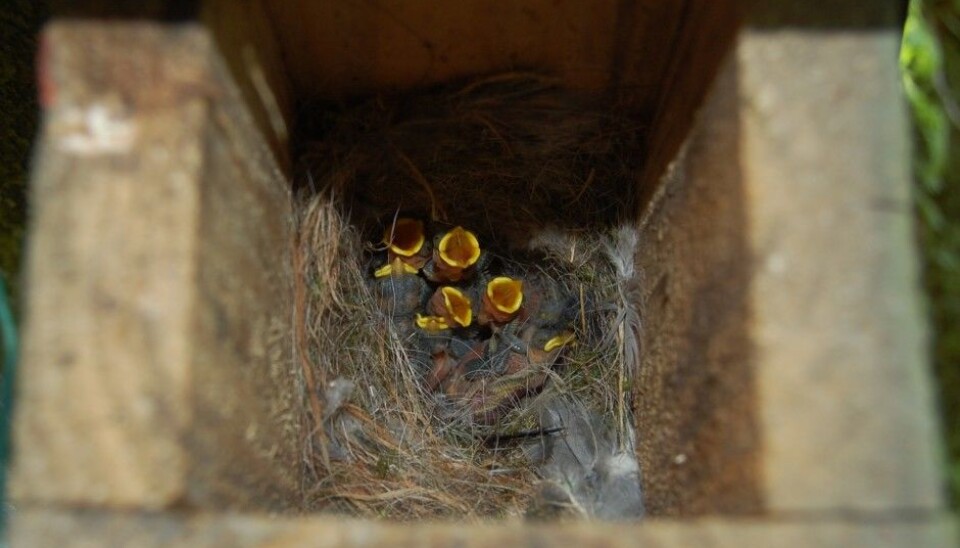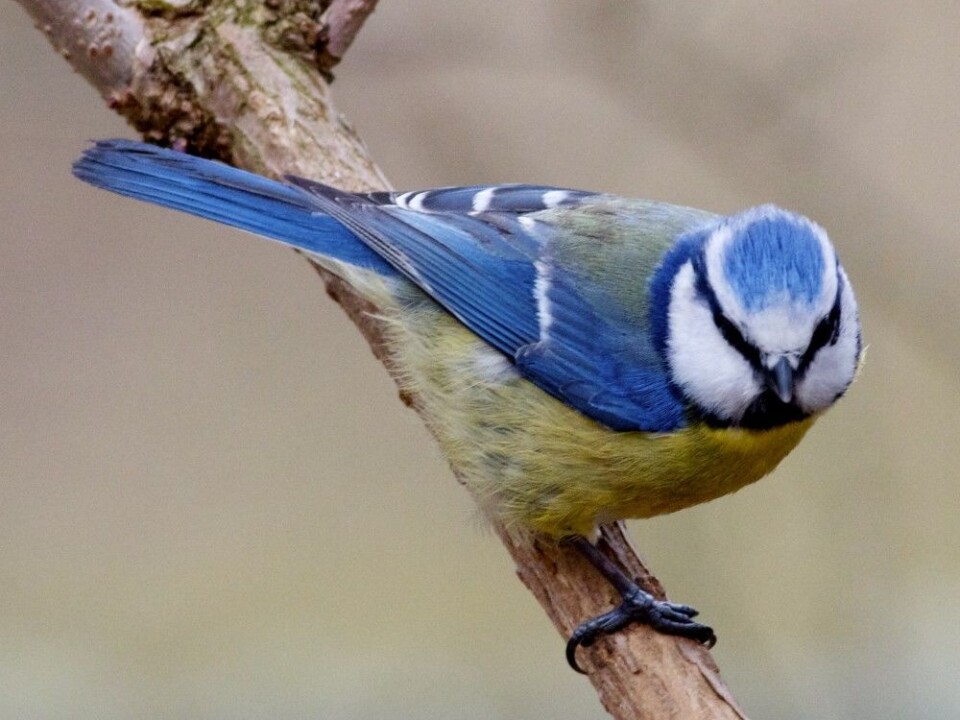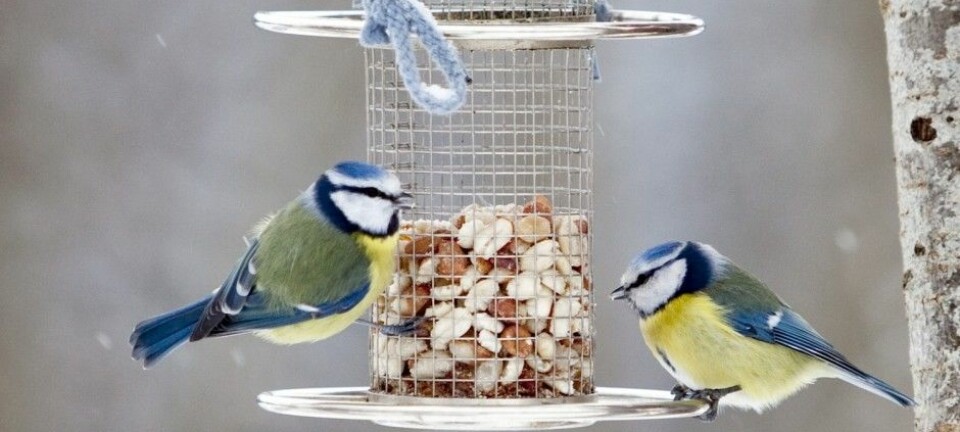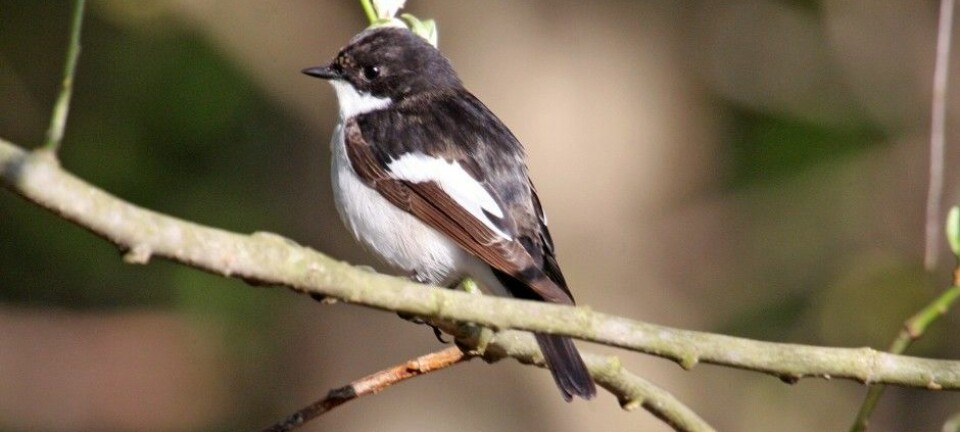
What’s the best place to hang a birdhouse?
If you go to all the trouble to hang a birdhouse, you definitely want to put it in the right place. But which is better: Sun or shade?
Even in cool climates, it can get pretty hot in a birdhouse that’s been hung in a really sunny spot. But maybe the young birds benefit from being warmer than average? It’s not an easy question.
Fortunately, a new study of Swedish blue tits sheds a little light on the issue. Unfortunately, the findings are a bit ambiguous.
Tit treatments
Fredrik Andreasson and his colleagues conducted an experiment where they heated up 20 birdhouses in which blue tits had laid eggs. Some of the temperatures were well above what might be considered comfortable: over 50 degrees C at the warmest.
Twenty other birdhouses served as a basis for comparison. The average temperature was significantly lower, and did not increase significantly above 40 degrees C.

The researchers measured the body temperature of the nestlings, to see how the temperatures in the birdhouse affected them. The researchers also recorded how many of the nestlings they were able to re-identify the following winter.
Lower weight
The results showed that the nestlings in the heated nest boxes had a higher body temperature than the chicks in the unheated boxes. But it appeared that the nestlings were able to handle even the hottest periods in the boxes. Their body temperature never exceeded 43.8 degrees C.
This demonstrates that the young birds were well equipped to handle heat stress, the researchers wrote in the latest issue of Journal of Avian Biology.
But the birds paid a price.
The nestlings from the heated birdhouses didn’t gain weight as quickly as their counterparts in the non-heated nest boxes. The researchers hypothesized that they probably expended a lot of effort to get rid of heat, for example through panting.
Lower body weight has been associated with poorer survival in birds in previous studies.
So that appears to be a clear answer: keep nest boxes out of the sun. According to a press release from Lund University, Andreasson also recommends setting up birdhouses in a slightly more shady place.
But if you look at the results of the study, it’s not quite that black-and-white.
More survival
The following winter, Andreasson and his colleagues looked for blue tits that they had marked during the nesting box experiment. Since they marked both birds from the heated and unheated boxes, finding marked birds would give them some sense of whether or not the treatment affected survivorship.
They had expected to find more birds from the nesting boxes that had not been artificially heated. But they found exactly the opposite.
Significantly more of the nestlings from the heated nesting boxes had survived the winter.
The researchers don’t know why this is the case. It may simply be due to randomness, because the researchers found relatively few survivors overall from the experiment.
On the other hand, it is possible that the nestlings benefitted in some way from the heat treatment.
Perhaps the disadvantage of high heat during the day was outweighed by favourable nighttime temperatures?
Or maybe the heat stress made the nestlings develop stronger tolerance to stress in general?
There is also a possibility that heat made the nest boxes less attractive to parasites such as fleas and lice, which can also affect the nestlings’ chance of survival.
That means we still don’t know that is the best location for a nest box. The researchers themselves say the question needs more study.
-------------------------------------
Read the Norwegian version of this article at forskning.no.








